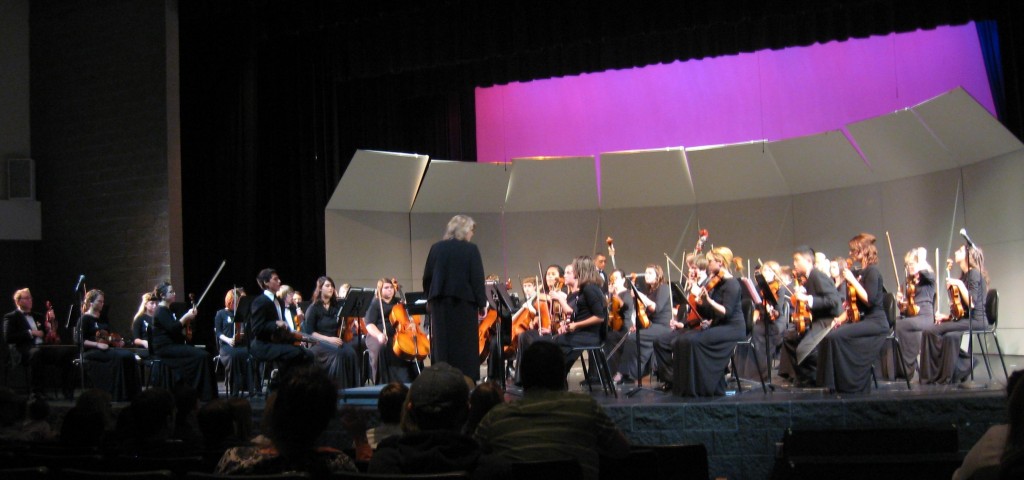This is the final installment of our interview with Jenna Baumgart. If you have not yet read the first two parts we encourage you to do so before you continue with this one.
Staying Healthy with a Busy Lifestyle
In part 2 we learned about Jenna Baumgart’s Master’s thesis research on how music educators can prevent injuries in their students. Now she’s back for a final installment, to share some more ideas with other performers on how to prevent injuries and offer her ideas for the future.
Question: What advice can you give other performers? How do you stay healthy as a musician, and cope with injuries?
Jenna Baumgart: I think the best advice I can give is to be educated, aware and observant – especially when it comes to your own body, its needs, aches and pains.
I must admit, it is a difficult thing to stay healthy as a teacher and performer. I spend 9+ hours a day at school then often go from there to rehearsal. Musical in the fall, holiday concerts in the winter, and festival season in the spring all add many, many hours in the practice of the profession. Finding the time to exercise is difficult, but having a strong core is essential. Even going walking every few days is going to be helpful. Take a couple of laps around the track at the school on lunch or prep – 15 or 20 minutes for your well being isn’t going to put you that far behind in your daily tasks.
Coping with injury, for me, has come from education and (sadly) experience. A couple of years ago I felt I was doing well and understanding my body and what it needed for practice on my instrument. Then it was my turn to conduct the pit orchestra for the school musical. After 6 weeks of rather intense (and tense) rehearsals, I had a severe case of tennis elbow. I was put in a brace and started physical therapy, with orders not to conduct or practice. I had lost a good amount of strength in my hand and using my bow for playing viola was both difficult and painful.
Fortunately, I was still doing my research – and in discussing various points of anatomy and performance practice (with regard to conducting) with my physical therapist, she decided to adjust my therapy. I spent the remainder of the school year largely unable to conduct, but my healing proceeded much more quickly. The next year I took preventative measures: I wore my brace while conducting for more than a couple hours of rehearsal, I warmed up, I massaged, I stretched and I was AWARE of the signals my body was giving me.
Your body hurts for a reason – do not ignore it hoping it will go away.
Question: What are your hopes for the future?
Jenna Baumgart: My BIG hope would be that the medical profession would see musician/performer injury as something worth focusing on. While there are some physicians and therapists that do specialize, they are few and far between.
More importantly, I would also like to see ‘injury prevention and body awareness in musicians’ a required course for prospective music educators in colleges and universities. The demands on the body of performers are no less than those on the body of an athlete, and care needs to be taken that students are not permanently damaged as they are learning their trade – be it conducting, dancing, or playing a musical instrument.
To the Readers: How do YOU balance healthy practice habits with the busy pace of reality? What are your hopes for the future of music?
Coming up next: “Bridging the Gap between Music & Medicine: Becoming Savvy in Musicians’ Health.” Find out how you can educate yourself about musicians’ health and navigate the field of performing arts medicine!















https://mm99.cool